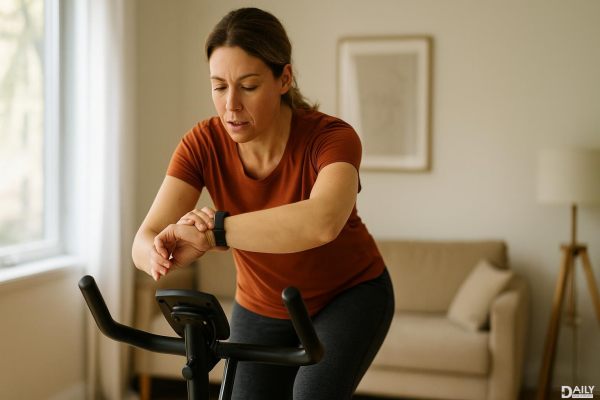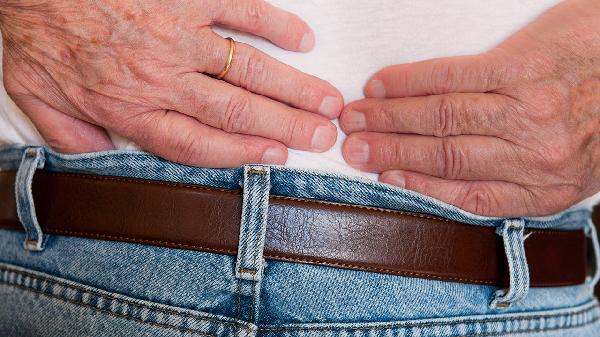Running is one of the best ways to stay fit, clear your mind, and boost your mood—but let’s be real, sometimes it doesn’t feel like the safest activity, especially if you’re hitting the pavement solo or in less-than-ideal conditions. Whether it’s dodging sketchy neighborhoods, navigating low-light hours, or just feeling a little too exposed, safety should always be part of your running game plan. The good news? With a few smart tweaks, you can keep logging miles without unnecessary risks.
Know Your Route Like the Back of Your Hand
Sticking to familiar paths isn’t just about avoiding wrong turns—it’s about knowing where the well-lit streets are, which areas have heavier foot traffic, and where you might need to bail if something feels off. Apps like Strava or MapMyRun can help you scope out popular routes in advance, and if you’re exploring somewhere new, do a quick daytime test run first. Bonus points for looping in a buddy or telling someone your planned route and estimated return time. If things go sideways, you want people to know where to look for you.
Timing Is Everything (Especially After Dark)
Early birds might love their sunrise miles, but if you’re squeezing in runs after work when daylight’s scarce, visibility is key. Reflective gear isn’t just for cyclists—throw on a vest, slap some LED armbands on, or even opt for shoes with built-in reflectors. Stick to sidewalks and avoid headphones blasting at full volume so you can stay aware of your surroundings. If possible, opt for well-populated areas or trails with other runners still out and about. And hey, if a street looks deserted and gives you the creeps? Trust that gut feeling and reroute.
Ditch the Distractions (Yes, That Means Your Phone Too)
We get it—music or podcasts make the miles fly by. But if you’re running solo in a risky area, consider keeping one earbud out or using bone-conduction headphones that leave your ears open. Better yet, save the playlist for the treadmill and stay fully tuned in outdoors. As for your phone, keep it accessible but not in your back pocket where it’s an easy snatch-and-grab target. Some runners swear by a lightweight waist belt or armband to secure it while keeping hands free.
Self-Defense Isn’t Just for Action Movies
No one wants to think about worst-case scenarios, but carrying a small deterrent like pepper spray or a personal alarm can add peace of mind. Many brands make compact versions designed for runners that clip onto waistbands or handheld straps. Even if you never use it, knowing it’s there can make you feel more confident—and confidence alone can make you less of a target. Bonus tip: Take a basic self-defense class. A few simple moves could buy you critical seconds to get away if things go south.
Buddy System: The Ultimate Safety Hack
There’s strength in numbers, so if you’re venturing into an area that feels dicey, grab a friend or join a local running group. Apps like Meetup or even Facebook groups can connect you with other runners in your area. If solo runs are non-negotiable, consider sharing your live location with a trusted contact via WhatsApp or Find My Friends. Some GPS watches even have emergency alert features that ping preselected contacts if you stop moving unexpectedly.
At the end of the day, running should feel empowering, not anxiety-inducing. A little prep goes a long way—whether it’s adjusting your route, tweaking your gear, or just staying hyper-aware of your surroundings. Don’t let fear keep you from doing what you love, but don’t ignore red flags either. Stay sharp, trust your instincts, and keep those legs moving safely.
























